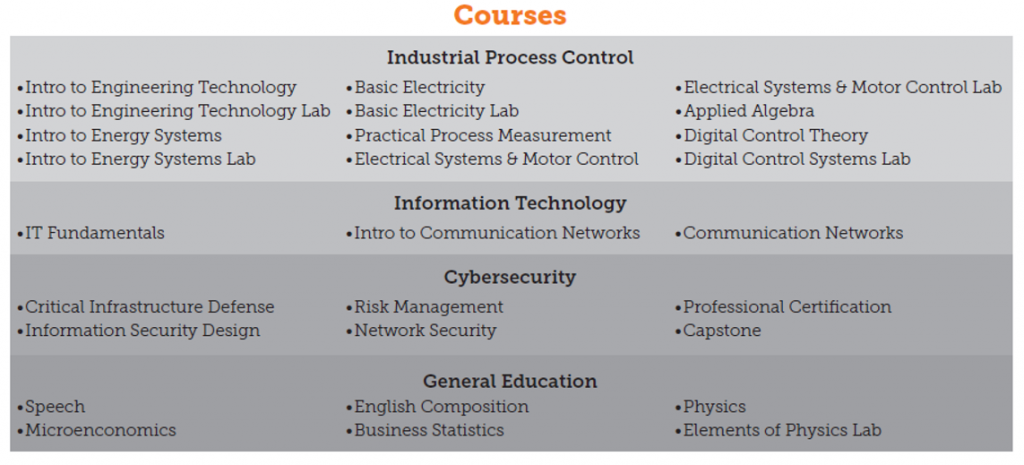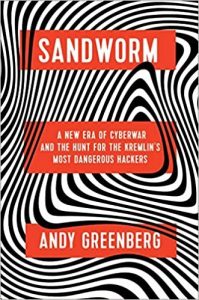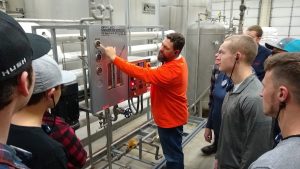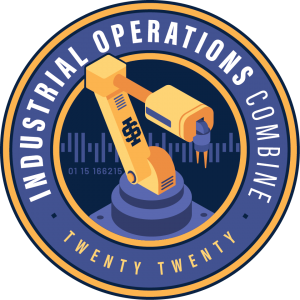For about two years, I shared an office on 17th street in Idaho Falls with Michael J. Assante. During that time, he recommended I read “Scipio Africanus: Greater than Napoleon” by noted military historian B.H. Liddell Hart.
As I contemplated Assante’s legacy, I recalled the recommendation, and decided to take him up on it!
In the book, Hart describes the life and military career of Scipio Africanus. At about age 25, the Senate sent Scipio to Spain against the Carthaginians, where, together with their allies, they had slain Scipio’s father and uncle, who were also Roman military leaders.
Hart describes Scipio’s brilliant battlefield strategy and tactics, including logistics, surprise, rhetoric, self-control, and interpersonal skills. Ultimately, Scipio leads the Romans on to conquer their rivals, the Carthaginians, who were led by the revered Hannibal.
Hart makes the case that Scipio Africanus is likely the greatest general of all time. He underscores his claim by pointing out that Napoleon, another contender for the title “greatest”, was ruthless in the pursuit of personal advantage, unnecessarily destroying many of his own countrymen, while Scipio worked tirelessly to preserve his. Hart credits Scipio with laying the foundation of the Roman empire as the crib of Western Civilization.
One of my favorite parts of the book was the story of an elderly Scipio asking an elderly Hannibal who was the greatest military captain of all time. Hannibal lists three notable captains — among whom Scipio is not named. Taking an alternate approach, Scipio asks Hannibal: had you beaten me in Africa then who would it be? “Of course,” said Hannibal, “I would have been greater than they all!”
Hart makes a compelling case that fame is not synonymous with trust, respect, or value of contribution. Hart’s emphasis on knowing one’s principles and holding fast to them, caused great introspection. I walked away from the book desiring to be a better strategist — to think and plan further ahead in my own life and endeavors.



 As COVID-19 has moved our in-person class to an online format, I decided to move the Sandworm discussion online too.
As COVID-19 has moved our in-person class to an online format, I decided to move the Sandworm discussion online too.



 This year I volunteered to advise our International Society of Automation (ISA) student club. We have a good number of participants across all five programs (electrical, mechanical, instrumentation, nuclear, industrial cyber) and fantastic student leadership.
This year I volunteered to advise our International Society of Automation (ISA) student club. We have a good number of participants across all five programs (electrical, mechanical, instrumentation, nuclear, industrial cyber) and fantastic student leadership.